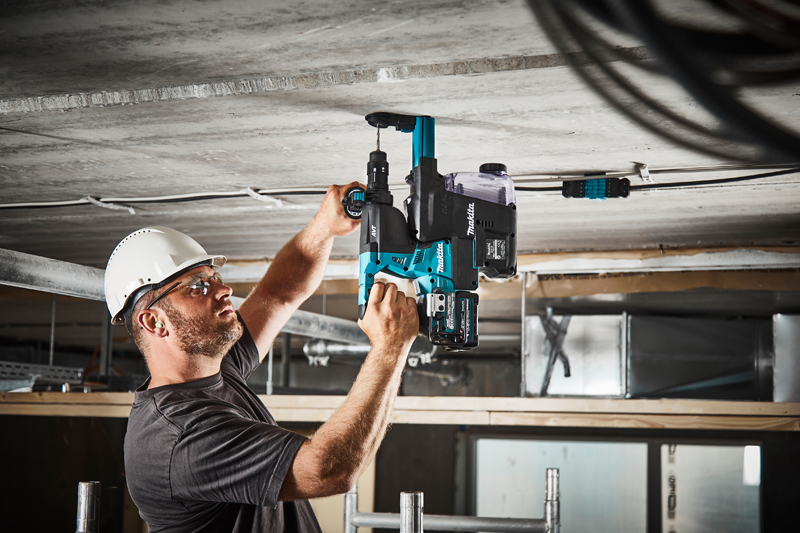The publication of the latest Standard Assessment Procedure (SAP) 10 and the subsequent decision by the Greater London Assembly (GLA) to use its updated carbon emissions factors has heralded-in an opportunity for electrical wholesalers. Alan Clarke, Technical Support Manager at Heatrae Sadia, explains what the changes mean for the industry.

In July 2018, the Department for Business, Energy & Industrial Strategy (BEIS), in partnership with the Building Research Establishment (BRE), published SAP 10. This followed an extensive consultation in November 2016, involving industry bodies and expert stakeholders. The revised SAP 10 calculation methodology will replace the outdated SAP 2012 version that has been in use since 2013. It is worth noting that SAP 10 will not take effect until Approved Document L of the Building Regulations is updated – this is expected to happen in England in 2020.
What’s changed?
SAP ratings are necessary as they serve to work out a dwelling’s carbon emission rate, produce an Energy Performance Certificate and are used to demonstrate to Building Control that a building is compliant with energy-efficiency requirements.
To understand the importance of the GLA’s decision we must first look at the changes that SAP 10 will bring. Under the revision to the standard, the favourability of electricity will improve. This is because SAP 2012 works on the outdated assumption that 2.4 times the amount of carbon is produced when electricity is used in a building as opposed to gas. SAP 10 will reduce this average annual CO2 emission factor from 0.519 kgCO2/kWh to 0.233 kgCO2/kWh (a 55% reduction).
This is an important shift in the recognition of electricity’s potential and places it closely behind gas, which has a CO2 emission factor of 0.210 kgCO2/kWh. This change in the fortunes of electricity means certain electrical products and applications will likely be viewed more favourably by specifiers; increasing demand for appliances from electrical wholesalers.
Shifting thought
The GLA in October 2018, announced, through an update to planning guidance, its intention to encourage property developers to use the revised SAP 10 carbon emission factors when submitting a detailed energy assessment – a requirement under Policy 5.2 of the London Plan. This change will ensure that the assessment of new developments, such as high-rises ,more accurately represents carbon emissions associated with their operation. The recommendation took effect in January 2019 and looks set to remain in place until government adopts changes to Building Regulations, including updated carbon emission factors.
The GLA’s decision is a major step forward for the electrical industry. The pre-emptive use of SAP 10 will ensure that a more contemporary approach to electrical hot water generation within residential dwellings is taken – meaning that it is likely to become a better proposition for major multi-occupancy dwelling developments.
The opportunity
The ever-changing regulatory environment can leave many questions unanswered. The recent adoption of SAP 10’s carbon emission factors provides wholesalers an opportunity to work evermore closely with manufacturers of electrical water heating appliances.
This will ensure that they are prepared to meet greater customer demand for electrical products. With electricity’s carbon emission factor now within touching distance of gas, specifiers are likely to view decentralised electrical water heaters, such as the Multipoint Instantaneous, in a more favourable light, placing greater demand on wholesalers.

Being aware of the policy and legislation that is now in place, together with looking ahead to future legislative change , will mean that wholesalers can be prepared and add-value to their service by assisting developers and specifiers to make an informed decision about the type of electrical water heater that should be used. If armed with the relevant information, wholesalers can position themselves as the go-to for help and advice for specifiers and developers.
Looking to the future
London is working towards becoming a zero-carbon city by 2050; the GLA’s decision to adopt SAP 10’s carbon emission factor is one way in which the city is signalling change and reducing its environmental impact. It is not unfeasible that their decision could kick-start a trend that sees combined authorities in other regions setting specific local targets over and above that of current national standards.
This could present a significant opportunity for wholesalers across the UK. Cities such as Manchester and Bristol are already working towards carbon-neutrality. Bristol, for instance, has adopted a climate plan that aims to make the city carbon-free by 2030. With this in mind, wholesalers would benefit from readying for change and help themselves by being aware of the change that looms on the horizon and the impacts that this is likely to have on orders for electrical water heating appliances.
Wholesalers are on the frontline when it comes to changes to legislation, often feeling the impact that government decisions can have before most others, be it from having to adjust stock levels, to preparing for questions from customers – they will benefit from building an early understanding of the changes that will affect their business.





